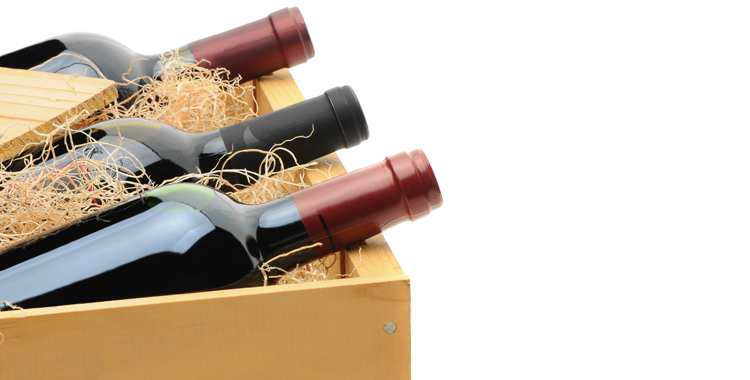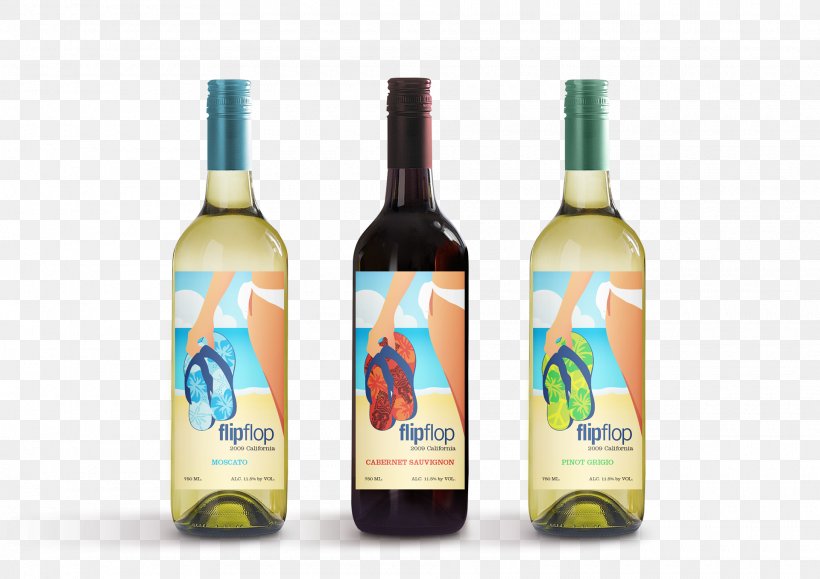
Has it ever happened to you or you offer to bring the wine label to the meeting and just when you are ready to carry out the task, you find yourself standing in the wine area thinking about which bottle to choose?
Until a few years ago, the world of wine label was enigmatic and difficult to access, nowadays it is not necessary to be an expert on the subject to appreciate this delicious drink called “wine”, as there is more and more information about it. In specialized stores they provide us with better advice and we feel more oriented and it is common to find events that allow easy access to the world of wine.
But what happens when we must select only one bottle from the countless shelves? This has become one of the most complicated tasks thanks to the growing supply of labels from all over the world.
There are four important aspects to take into account before facing the monster of a thousand wine label, and they are:
- Budget: Buying a bottle of wine label does not have to be an assault on your portfolio, thanks to the growing supply of wines on the market, you can always find a good option that fits your budget, remember that the most expensive will not always be the best choice.
- Type of wine: Generally when we go to buy you already have an idea of the type, call it sparkling, white, rosé, red or sweet. You can decide it based on the taste of the people with whom you will share it or for the dish that will accompany it.
- Occasion: Whether as a gift, to eat, as an aperitif, toast or simply to be enjoyed alone or accompanied.
- Pairing: If the wine will accompany wine label food, it should be taken into account that not only white wines accompany white meat and red wines red meat, a point to consider in this regard is the intensity of both the dish and the wine, both must be accompanied and neither should predominate.
In addition to the four previous aspects, we can rely on two great allies: label and counter label, they will tell us everything we should know about the bottle of wine that carries them:

- Name of the wine: the majority wine label of the wines, if they are from a single grape variety, are named after it and, in general, those that are made with an assembly of grapes have a specific name, this can help us find the wine that we know we like.
- Winery: the producing house generally appears within the label, as in the previous case, if you have a winery of your choice, you can narrow down your search for wine based on its range of products.
- Country of origin: many people prefer the wines of certain countries and this way it is very easy to find them, since almost all the stores accommodate the wines by country.
- Type of wine: on the label you must wine label always mention if it is a sparkling, white, red or sweet wine
- Vintage: this is very important information since it tells us about the date of birth of the wine, wines without vintage are to be taken immediately (some white, rosy and sparkling). Young whites, like , must be taken no later than 2 years after the year mentioned on the label; white with oak and young reds, up to 3 or 4 years old; the red reds, up to 4 or 5 years; reserve red, between 8 and 10 years, and a great reserve wine tolerates a aging of 15 years and up, it is worth mentioning that they are maximum consumption times for the product to continue in excellent condition.
- Volume: the amount of wine in the bottle must always appear, the most common presentation is 750 ml, although there are also smaller and larger quantities.
- Alcoholic graduation: all the bottles must mention the amount of alcohol that the product contains. A high alcoholic strength indicates that this wine was made in a warm climate and, therefore, because the grapes ripen better, it will have a more intense wine and vice versa.
- Grape variety: Most of the wines make mention of the variety, although it should be noted that not all do. Knowing the variety of grapes with which the wine has been made can be very useful, since if you know the characteristics of the grapes or the mixture you can know what type of wine it is, if you are not an expert in the characteristics, at least you can have located the type of grapes or mixture of your preference and based on it make a decision.
- Tasting notes: in some bottles on the wine label counter label there is a brief description of the wine, its aromas, flavors and possible pairings, this will give us an idea of what we will face when we uncork the bottle.
General characteristics of the types of wine
Young whites and rosés
These wines are very fresh, have fruity and floral aromas, one of their main characteristics is their high acidity, which helps them to be excellent appetizers, in addition to using them to wine label accompany dishes with light flavors, most of which are dry or semi-sweet, they say. with a slight degree of very pleasant sweetness, without being cloying.
White with oak
These wines are more complex, retain fruitiness in their aromas and are complemented by notes of butter, toast, yeast, etc., they have good acidity and are perceived to be creamy (something like a very light layer that pleasantly covers the mouth). The aromas and textures are due to the slight aging in the barrel, the color of this type of wine is more intense than the young ones and has golden highlights.
Red wines
In aromas you can find red and black fruits, depending on your stay in the barrel. The longer these wines are stored, the aromas of spices, animal notes, woods, wet earth, etc. will predominate; the younger they are, the more acidity, astringency and their hues wine label will lean towards violet, as time goes by, they will be kinder on the palate and their hues will turn reddish.
Sparkling
They are wines with high acidity, their aromas range from fruity to toasted; there are different methods of production, the traditional one is , (through which champagne is made), if it has been made under this process, it will be indicated on the label. An important aspect to select it is the degree of sweetness, considering that Brut Nature is totally dry and Doux or Dulce is the sweetest.
Sweet
They have good acidity and a high sugar wine label level, generally used to drink them with dessert or as dessert, depending on the taste of the people.
Hoping that this simple guide works for you as a compass in this sea of labels, I wish that your choice be shared with an excellent company and my final recommendation, because there is wine label much to prove: you have to get your hands on the cups.




